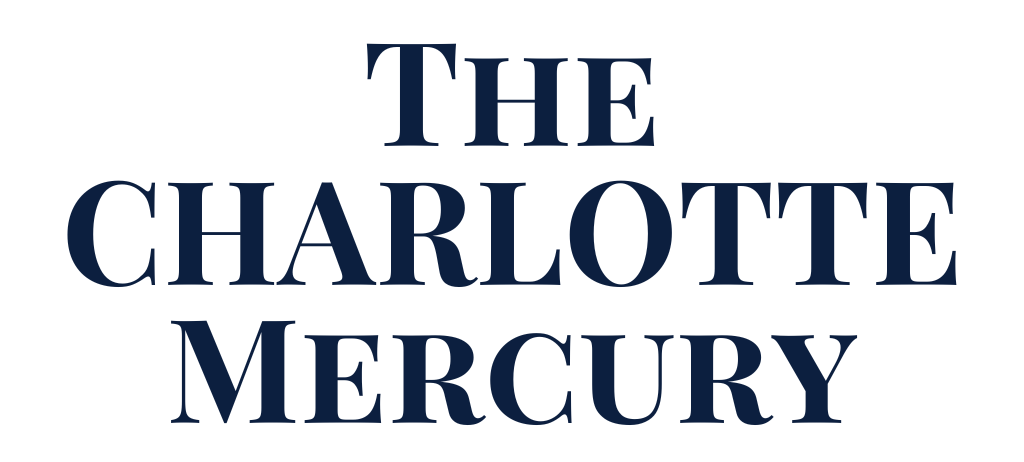When 1 in 8 Voices Decide 🗳️
Charlotte likes to boast about its growth, yet on Super Tuesday the county’s civic engine coughed. Only just under 19 percent of registered voters showed up, placing Mecklenburg 97th out of 100 North Carolina counties, according to a WFAE report. That translates to roughly 13 percent of the county’s 1,163,701 residents, based on the latest Census estimate.
The Tusk Warning
Venture capitalist and political fixer Bradley Tusk has a blunt rule: “The only election that ever really matters is the primary,” he told Fast Company last fall. Primary turnout, he notes, “is typically 10 to 15 percent, and those voters are the furthest left and the furthest right.” Fast Company interview. In a county where turnout barely tops that range, the fringe sets the table for everyone else.
Fear of the Primary
Politicians watch numbers, not poetry. When the decisive electorate fits inside Truist Field, the safest play is to appease its loudest sliver. That is why culture‑war school‑board fights and hand‑wringing council votes over modest housing grants keep landing on Charlotte’s docket. Chris Cooper, a Western Carolina political scientist, calls Mecklenburg’s low participation a “flashing yellow light” for Democrats, the dominant local party, in the same WFAE interview.
Why Mecklenburg Lags
- No marquee race in March—the presidential fields were settled early.
- Transient voters arrive faster than parties can register them.
- Media gap between Raleigh‑centric state coverage and Charlotte’s metro beat.
Those excuses wilt when compared with other urban counties: Wake hit 25 percent, Durham 27 percent, Buncombe 29 percent.
The Fix List, According to Tusk
- Open or Top‑Five Primaries — force broader coalitions.
- Ranked‑Choice Ballots — reward consensus candidates.
- Mobile Voting Pilots — Tusk bankrolled seven small tests; turnout spiked.
Mecklenburg activists are flirting with a non‑partisan primary model for municipal races. Unite America, the Colorado based reform group, has already signaled North Carolina as a 2026 target.
What Comes Next
If November rebounds sharply, the March slump will look like an accounting error. History says it seldom does. Mecklenburg ranked near the bottom again in 2022’s Senate race. Unless turnout expands beyond habitual partisans, the county’s fastest‑growing bloc—politically uncommitted newcomers—will keep watching from the sidelines while the loudest wings pilot the ship.
Bottom line: Low‑participation primaries are not a pothole; they are the road. Until that changes, expect politics with the subtlety of a horn blast at rush hour.
Thanks to the Folks Keeping the Lights On
The Express is fueled by Glory Days Apparel, Charlotte’s Premier Nostalgia Brand. Swing by 2202 Hawkins St. or tap the Secret Menu for gear that sparks bar‑stool chats. Questions? Hit up JD Harris and the crew at info@glorydaysapparel.com or call (937) 541‑1107. Wear the crown, reminisce responsibly. 👑
About the Author
Jack Beckett writes with one hand and nurses an Einstein Bros cold‑brew with the other. Grab a bagel at the South Boulevard shop, tip the staff, and thank them for supporting local journalism. Reach us on Twix at x.com/queencityexp.
Site Guide
Browse more on Politics • Real Estate • Business • Charlotte • CMPD • Sports • Things to Do • Lifestyle • Zoning • City Council
Creative Commons License
© 2025 The Charlotte Mercury
This article, “Bradley Tusk Explains How Mecklenburg’s 13 Percent Primary Turnout Pushes Politics to the Edge,” by Jack Beckett is licensed under CC BY‑ND 4.0.
“Bradley Tusk Explains How Mecklenburg’s 13 Percent Primary Turnout Pushes Politics to the Edge”
by Jack Beckett, The Charlotte Mercury (CC BY‑ND 4.0)
Fine Print
Privacy Policy | About Us | Terms of Service | Media Kit | Contact Us
